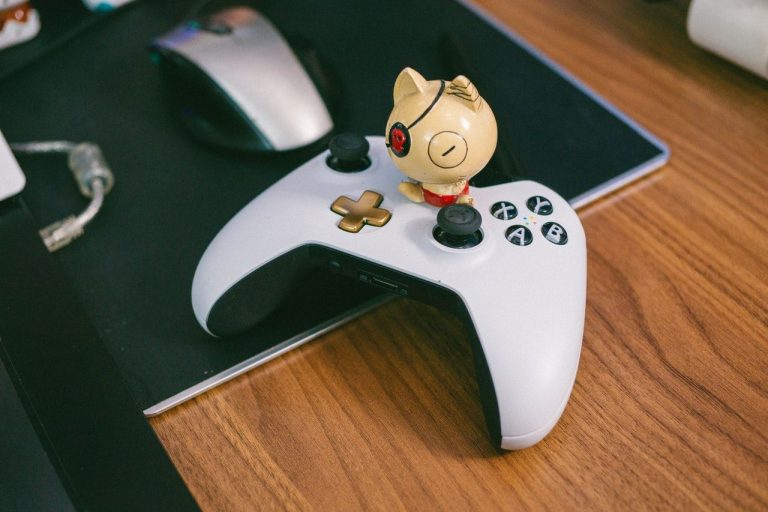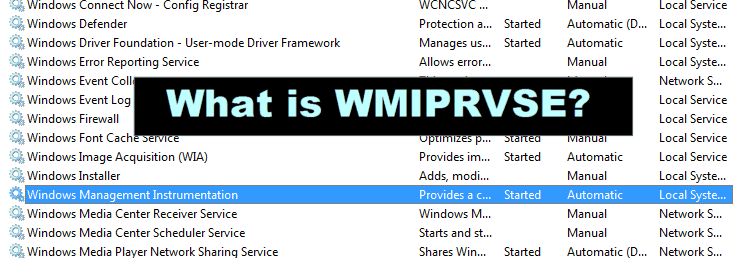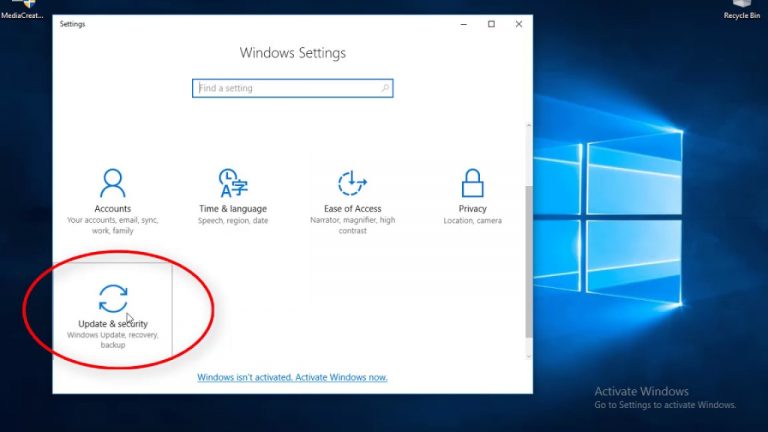How to fix PXE-E53 no boot filename received error?
There are too many causes which could lead to this problem. The system foundation isn’t designed appropriately for the pxe server to see dhcp demands from the customer pcs the pxe administration isn’t reacting for reasons unknown for example debased establishment, mac filtering empowered and so on. Nine long lists of causes are sufficient to dhcp alternative 060 should be set to “pxeclient”. You can figure out what other program is utilizing those ports. If hard drive is in. …
At first glance, it might appear to be an alienated word derived from some high level language.
But that isn’t true! Moreover it is really easy and simplified term in a computing language.
How did I come across this thing?
Few days back I was working on my desktop and suddenly one message popped up stating no boot filename received.
It was bit frustrating as it interrupted my work and at the same time I thought now what?
I thought it is a major problem and in order to find the solution, I searched it and found certain ways or methods which were very beneficial.
Thus in this article, I will be telling about how to fix PXE-E53 no boot filename received error. Follow me with this article and you will be able to fix this problem with ease.
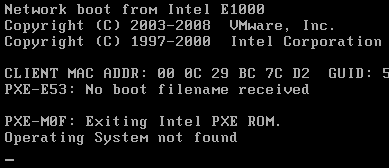
Causes of this error:
What could be the causes that lead to this problem? There can be too many reasons which could lead to this problem. However I have tried to cover up some of the possible causes for you. In this sub topic, I will throw some light upon them.
- The PXE server administration isn’t running. Either this administration neglected to fire up when the PC initially booted, or it fired up, and afterward halted a while later for reasons unknown.
- The system foundation isn’t designed appropriately for the PXE server to see DHCP demands from the customer PCs and react back with the PXE boot menu. Next question will be why? This could be brought about by the system gadgets, (for example, switches and switches) not appropriately sending DHCP communicates traffic to the PXE server.
- Option 60 is determined to the DHCP server when there are no PXE services on the equivalent.
- In the event that the PXE administrations are on the DHCP server, scope choice 060 (as mentioned in the previous point) isn’t set accurately on the DHCP server.
- Some other program or administration on the PXE server is utilizing ports 67, 68, or 4011(which are supposed to be utilized) and is keeping the PXE Server from tuning in on those ports (counting potentially another PXE administration).
- Another reason could be that the PXE server is reacting either too rapidly or too gradually for the customer PC to get and comprehend the reaction. Too fast and too slow both can be the reason for the problem.
- The PC which you are using might be a pre-PXE 2.0 consistent framework and is accepting a contradictory BSTRAP.0 record.
- The PXE administration isn’t reacting for reasons unknown for example debased establishment, MAC Filtering empowered and so on.
- The server utilizes various system cards an erroneous restricting request of the system cards can counteract PXE Server to tie to the creation one.
Nine long lists of causes are sufficient in order to understand the reasons of the problem. You all must be wondering that the problem with such large amount of causes must have big, scientific solutions to it. But that isn’t the case.
Solutions:
Like I have told earlier, the solutions or rather cure to this problem isn’t much complicated. It is basically modified version of the causes itself. How? Let’s see
- PXE server might not be running
- Issues with network infrastructure
- Manipulating option 60
- Program implementation using PXE ports
- Hard drive crosscheck
- Clean the dust
- Checking cables
- Motherboard cross examine
PXE server might not be running:
On the off chance that the PXE Server administration isn’t running, start the administration and ensure that it remains running. Check that the administration account has adequate rights to run the administration. On the off chance that the administration starts and, at that point stops check the framework occasion logs for more data on why the administration is halting.
Issues with network infrastructure:
In the event that you don’t utilize DHCP Forced mode, the DHCP communicates traffic MUST make it to the PXE Server for handling. Most switches in a system will advance DHCP demand bundles to the DHCP server, anyway they are not set up as a matter of course to advance these equivalent parcels to a PXE server.
DHCP Forced mode (see HOWTO7071) is one route around this confinement, yet on the off chance that not utilized the PXE server needs to see these bundles to react.
Numerous switches and switches can utilize IP aides to advance these parcels to the PXE server.
To test for this situation, attempt PXE booting with a PC that is on the equivalent subnet or VLAN as the PXE server.
On the off chance that neighborhood PCs to the subnet/vlan work however others don’t, this is the issue you are having. Including IP partners is one goals or utilizing DHCP Forced Mode as referenced.
Manipulating option 360:
In the event that the PXE server and DHCP server are on the equivalent physical PC, DHCP alternative 060 should be set to “PXEClient”.
Program implementation using PXE ports:
You should expel, debilitate, or reconfigure the other application not utilize those ports.
You can figure out what other program is utilizing those ports by first turning off our PXE Server administrations, and afterward running from a direction line the accompanying:
netstat – ban
This direction will show a full rundown all things considered and benefits that are utilizing a system association and the ports they are utilizing, to assist you with distinguishing who is rivaling us for those 3 ports.
Hard drive crosscheck:
Step 1: remove the hard drive from your computer
Step 2: put it into another working desktop and connect it via USB
Step 3: if hard drive is in working state, you are almost safe and then perform diagnosis test.
Clean the dust:
Dust may likewise cause this No boot filename got blunder. Utilize a blower and expel dust from bureau and predominantly at motherboard and hard drive. This option might act very small in the fixing process but certainly it is effective.
Checking cables:
Check network links among motherboard and hard plate and guarantee they are working fine with no short circuits.
Check with the new links or else with the other working desktop. Simple! Yet, effective.
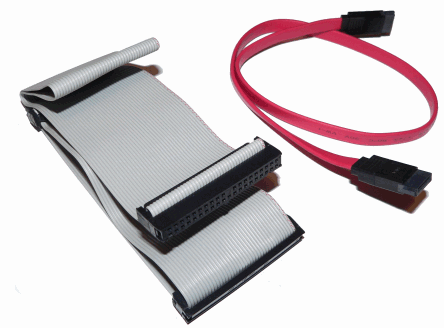
Motherboard cross examine:
If hard drive has passed the diagnosis test and all the cables are perfect then after this boot the device.
Generally problems do get resolve if done in this manner.
Conclusion
I hope the solution provided above fixes the problem of your no boot filename received error.
You all must have seen the solutions provided are very basic and there is nothing much hard or complex to do in order to fix it. However, it might take bit of your time in some of the mentioned methods.
In the end you will be able to access your work with ease and comfort.
Bibliography:
https://support.symantec.com/us/en/article.tech10532.html

Hello! My name is Lucas, and I am the creator of ursuperb.com. I’ve been writing about technology for almost 10 years now, and I love talking about tech news, reviews, and tutorials. I’m currently living in San Francisco, CA, and I’ve been blogging professionally since 2012. I love what I do, and I really enjoy interacting with people online. I believe in creating positive change for humanity, and I try to inspire others to do the same. You can read more about me here.
My favorite thing about Ursuperb is that I’m able to provide useful information to anyone interested in learning more about technology. No matter what kind of tech you use (computer, smartphone, tablet), you will definitely find something interesting to read on Ursuperb. So, let’s take a look at some of the topics I cover on Ursuperb:
1) How To Build An Online Business With WordPress
2) How To Make Money On YouTube Using AdSense
3) What Is Google Analytics? And Why Should You Use It?
4) How To Make Your Own Website Design Software For Free
